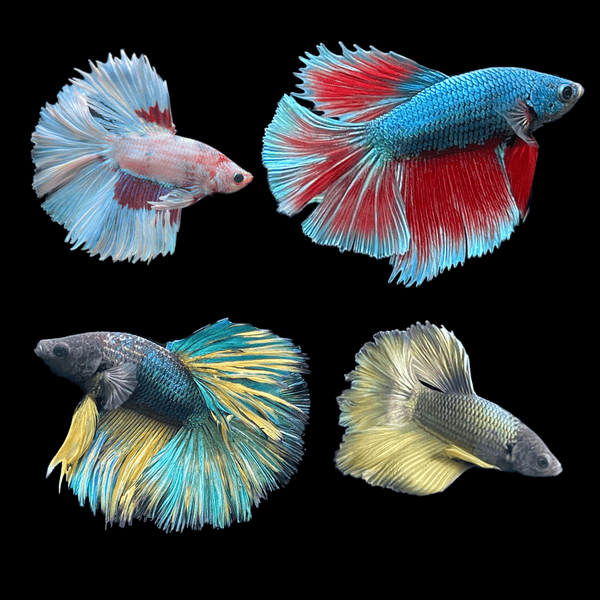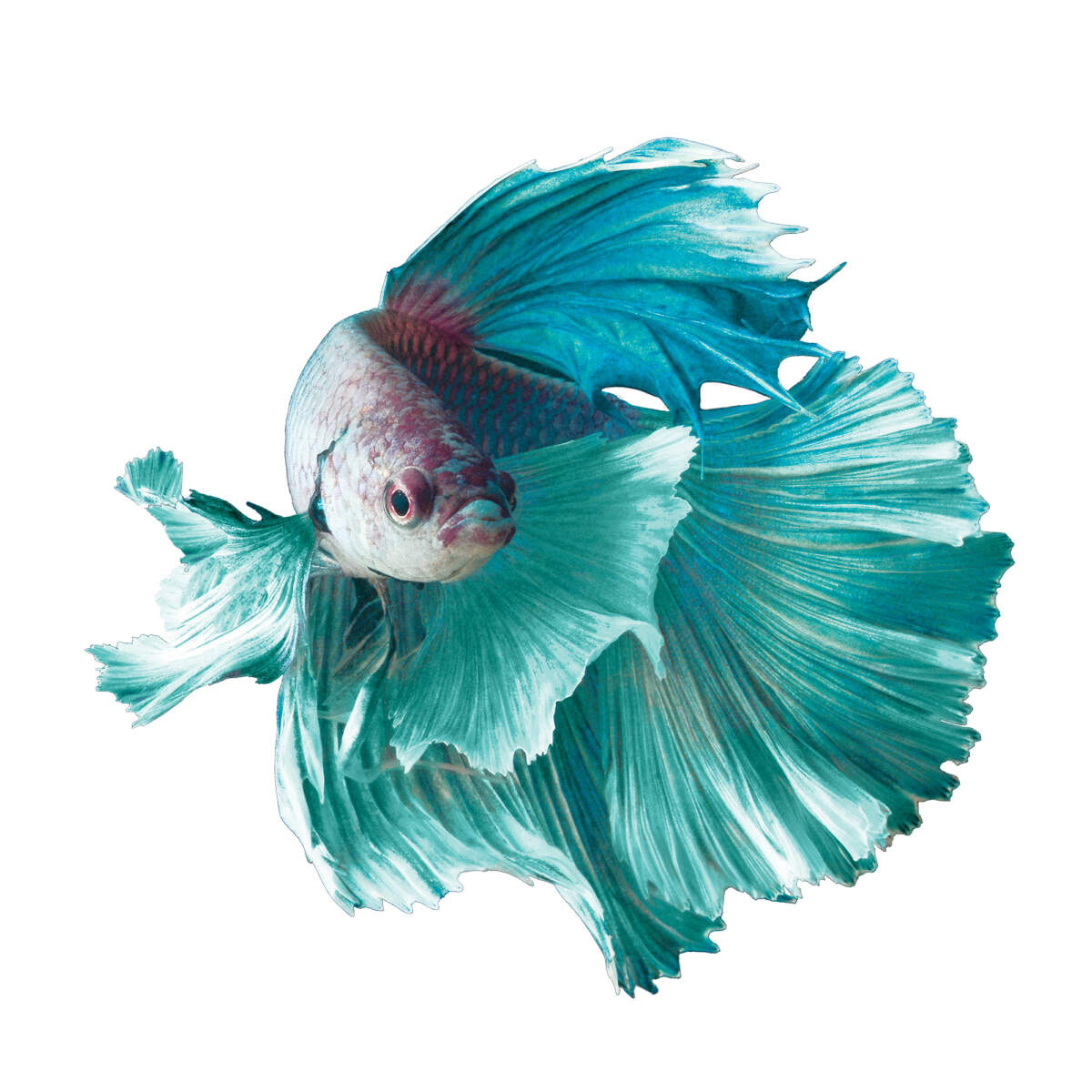Betta Fish Life Expectancy: Exactly How to Ensure Your Betta Lives Longer
Betta Fish Life Expectancy: Exactly How to Ensure Your Betta Lives Longer
Blog Article
Breeding Betta Fish: a Comprehensive Step-By-Step Overview to Effectively Raising Child Bettas From Eggs to Adulthood
Breeding Betta fish is a precise venture that calls for mindful planning and execution to guarantee the successful advancement of fry from eggs to develop fish. As the male Betta carefully constructs a bubble nest and guards the priceless eggs, the succeeding phases of treatment and shift need interest to information and knowledge of best techniques.

Selecting Reproduction Pairs
When starting the journey of reproducing Betta fish, selecting the appropriate breeding sets is critical to attaining desirable traits and a healthy and balanced lineage - betta fish. The initial step in this procedure is to recognize the details attributes you want to enhance or maintain, such as color, fin kind, and physique. It is important to choose genetically varied pairs to stay clear of inbreeding, which can result in wellness issues and unwanted attributes
Evaluate prospective reproducing candidates meticulously. A healthy male Betta ought to show lively shades, an active temperament, and well-formed fins, while the woman needs to also present lively pigmentation and a rounded belly, suggesting preparedness for spawning. Observing the temperament of both fish is crucial, as hostile or overly reluctant individuals may not breed efficiently.
Maintaining records of the parent fish's ancestry can aid you track genetic characteristics and prospective problems. Ultimately, investing time in the choice process will substantially improve the probability of generating solid, lively spawn that fulfill your reproduction objectives.

Preparing the Reproduction Storage Tank
Creating an optimum reproduction environment is a vital action after selecting ideal pairs for Betta fish. The breeding container must be specifically made to supply comfort and promote the all-natural breeding habits of the fish. Start with a container size of at least 10 gallons to make sure sufficient space for both the man and female Bettas.
Keep a gentle purification system to keep the water tidy while preventing strong currents that can emphasize the fish. Additionally, an air rock can be contributed to supply oxygenation without disrupting the water surface way too much.
Temperature guideline is crucial; purpose for a stable variety of 78-82 ° F(25-28 ° C) using a trusted heater. The pH degree ought to be preserved in between 6.5 and 7.5, and normal water changes are essential to guarantee high water high quality.
Include floating plants or generating mops to produce concealing spots for the female, while likewise urging bubble nest structure by the male - betta fish. Lastly, make sure the container is without sharp designs and any prospective threats, as the well-being of the fish should always be prioritized during this essential stage of reproduction.
The Reproduction Process
Typically, the breeding procedure for Betta fish entails a collection of distinctive and visible actions that suggest readiness for reproduction. The male Betta begins by building a bubble nest at the water's surface, which my sources serves as a website for the fed eggs. This nest is critical, as it gives a safe environment for the eggs until they hatch out.
As soon as the nest is developed, the man will display courtship behaviors, such as flaring his fins and exhibiting lively colors to draw in the female. The female, upon picking up the man's readiness, will react by presenting upright stripes along her body, signaling Source her receptiveness.
The fed eggs then drop to the bubble nest, where the male meticulously collects and returns them to the nest. Following this, the male thinks obligation for guarding the nest and making certain the safety of the eggs till they hatch, commonly within 24-36 hours.
Caring for Betta Fry
Caring for Betta fry calls for careful interest to their atmosphere and nourishment to ensure healthy growth and advancement. After hatching out, Betta fry are exceptionally small and susceptible, requiring a stable and clean habitat.
Feeding Betta fry is similarly essential. Feed them small amounts several times a day, being careful not to overfeed, which can lead to water top quality concerns.
Transitioning to Grownup Bettas
As Betta fry mature, transitioning them to adult Bettas is a crucial phase that calls for mindful administration of their environment and social interactions. This process generally begins when the fry get to around six weeks of age, at which factor they can be progressively introduced to a more structured living setting.
To promote this transition, it is important to make sure that the water parameters-- such as temperature level, pH, and ammonia levels-- are optimum and stable. Adult Betta fish thrive in warm water (around 78-80 ° F) with a pH of 6.5 to 7.5. Progressively adapt the fry to these conditions to lessen stress.
Social communications are another crucial element; male Bettas check this site out are infamously territorial and hostile. Therefore, it is recommended to separate men into individual storage tanks as they grow. Women Bettas can be housed together, yet care must be taken to monitor for indications of aggression.
Furthermore, nutritional adjustments ought to be made as the fry expand. Include premium pellets and live foods to sustain their development and wellness. By managing these aspects properly, you can advertise a successful transition to their adult years for your Betta fish.

Conclusion
Successful breeding of Betta fish requires mindful focus to information throughout the entire process, from selecting genetically varied pairs to giving optimum look after fry. By ensuring suitable reproduction problems and maintaining water quality, the chance of healthy and balanced children enhances considerably. Additionally, a well balanced diet plan and gradual adjustment to adult environments are crucial for the development and advancement of Betta fish. Following these actions carefully fosters a growing populace of Betta fish, enhancing both their wellness and vigor.
Report this page